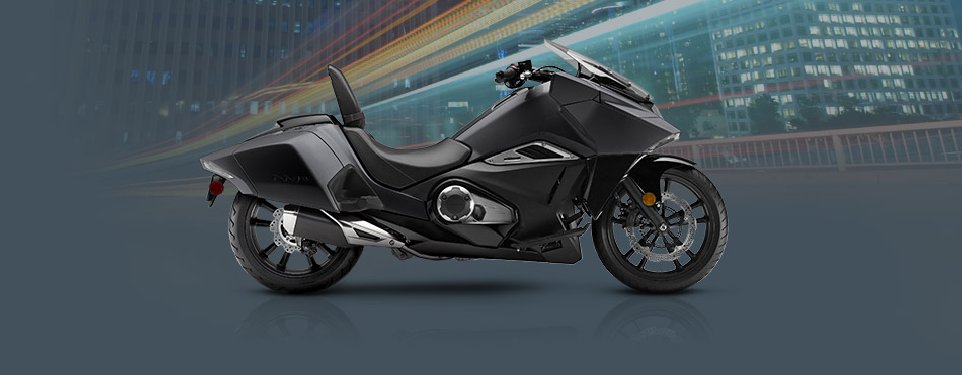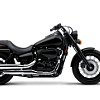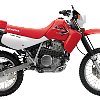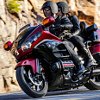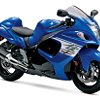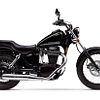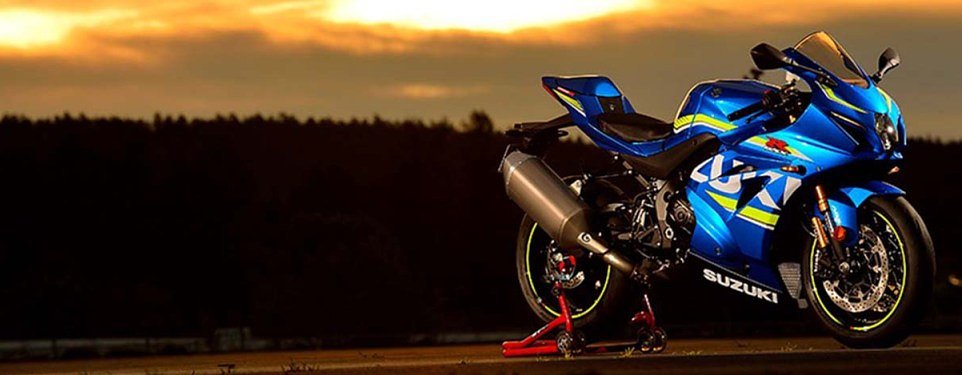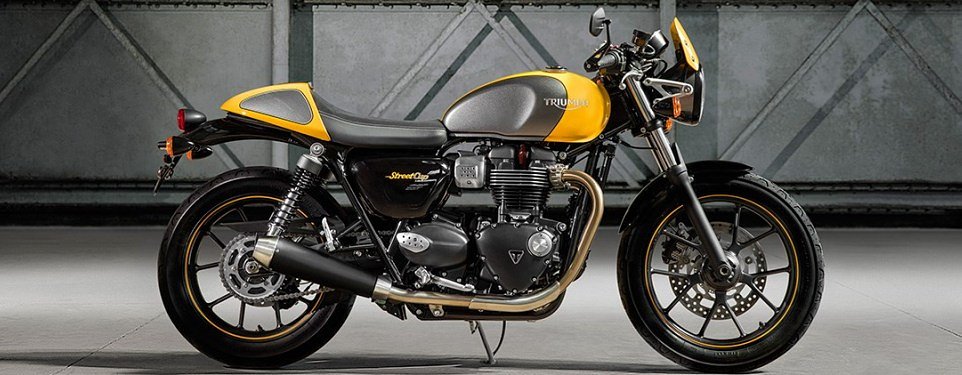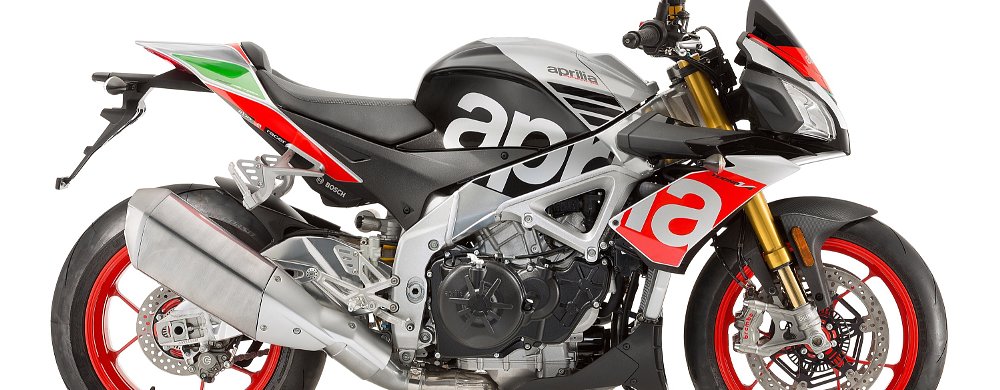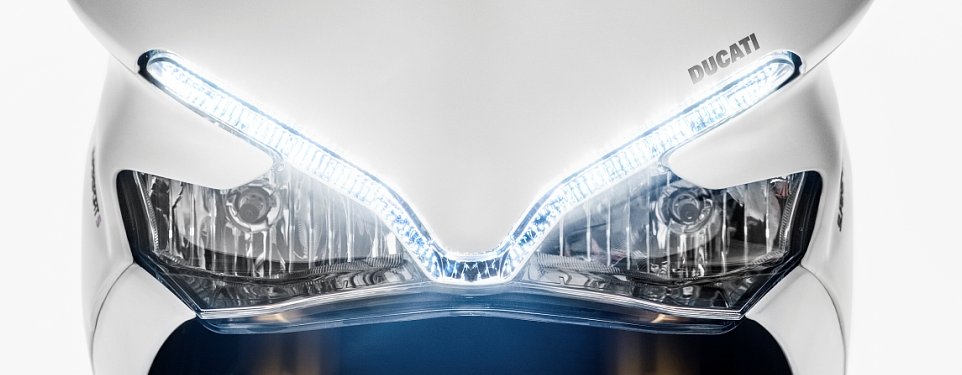I am writing this article in the midst of Intermot, a biennial launchpad for many new motorcycles.
EICMA, the annual equivalent of Intermot, has not yet occurred this year, and the AIMExpo, the domestic counterpart, is also not in the books, but I feel as though riders have not seen as many new models as expected.
There may be some rabbits in hats yet to come, but Intermot's 2016 may be remembered as The Year of the Carryover Model. So we're not playing a game of semantics, I think it's fair to call a model truly new if it has a fresh chassis or drivetrain. So far, the Common Tread team has seen mostly reiteration of existing bikes, or expansion of models already in play. First, I’ll provide a bit of evidence, then some analysis.
You probably caught my BMW article. I love these bikes, but let’s not gild the lily: They are very much offshoots of the parent platform, which itself is a product of earlier BMW innovation.

Honda has been reserved, as well. We did see the CBR1000RR SP that Lance wrote about yesterday, and though not announced at Intermot, the new CRF450RX has me drooling some. Other than that, though, Big Red has been pretty quiet, except to “welcome back a number of popular models for the 2017 model year, some with new graphics and colors.” Like Lance does, let me translate that press release for you: “These models are gonna be back next year for sure, and we already know we ain't sinkin' any money into them, so hey, they're new in the sense that no one never owned them before, right?”
These bikes include the NM4, the Gold Wing, Shadow Phantom, and XR650L. The NM4 is pretty fresh still, being introduced in 2014, but the Gold Wing? Their flagship bike hasn’t received a significant change since 2012, and that was a refresh on the existing generation, which is more than 15 years old. The Shadow Phantom presumably uses the same running gear it’s used since its inception in 2010. And the XR650L? That rolled into office the same year Bill Clinton did.

Suzuki appears to be in the same boat. Yes, they have been toiling away on the new liter bike, but they’ve been announcing it for quite a while. Other models, though, are really suffering from neglect. The ‘Busa has soldiered on since 2008. The GSX-S750? Well, that’s fresh… sort of, but let’s not paint this one too fine, either. This is a European GSR750, which itself is effectively a naked 2005 GSX-R 750. The cruiser line is aging, too. The standouts there are the M109R, coming into its 11th season, and the S40 nee Savage, the very first cruiser Suzuki made way back in 1986. It's pretty much still the same bike (albeit with one more gear in the trans, added in 1993).
Before I get into a bit about why this is happening, let me go on record as stating a few things: First, I’m not picking on anyone. Honda and Suzuki are case studies, not bad examples. They are not the only manufacturers with lines that are looking a little haggard, and as I'll explain in a second, this should be expected. Secondly, with the exception of the NM4 and GSX-S, which I have not ridden, I think all the bikes I mentioned are still really great bikes. I’ve actually owned quite a few of ‘em, or derivatives thereof. Finally, I love long model runs and unchanging models. The aftermarket responds well, and there are plenty of parts available to keep the bikes on the road, both salvage and new.

The question I promised to answer, though, is why models are getting strung out like this. The first is one of tradition. Some brands rarely introduce clean-sheet designs. We can look to Harley-Davidson for a good example of this approach to product development. They introduce a new chassis this year, and then maybe an engine the next year. Perhaps the clutch gets overhauled some time later. After 10 years of this, the bikes are usually pretty dang different, but also very much the same. The metric marques generally do not rely on legacy designs. They tend to rework the entire bike at once, as a package. Thus, if a model continues, it is unlikely to receive a notable upgrade or overhaul. There are exceptions, but as it stands now, it can be more profitable to let a model go from beginning to end without a redesign if it's in a category that does not demand ever-changing technology.
That brings us to another reason: erosion of the race replica market. Racing no longer drives motorcycle development. The vast majority of new bikes seem to be crafted for practicality and usability. Witness the rise of the triple, the demise of the 600 cc race-rep, and the flurry of new bikes on sale that do not slot into any existing race class.

The third reason models are hanging around longer than ever: The motorcycle industry, in America and abroad, has gotten very lean, indeed. The Great Recession is gone, but its effects are still upon us. There’s a significant portion of a whole generation who view a new motorcycle purchase as something between a frivolity and an impossibility.
The United States is a laggard in this trend toward long product runs. Many European bikes have changed really only because of emissions requirements. Europe’s bike buying market, for instance, tends to be composed of practical riders who value bikes that perform on the road, not the track. As such, expensive recurring R&D can be reduced or eliminated, shifting focus on packing usefulness and low cost into a bike. Elsewhere in the world, lots of bikes are being sold, but most of them are the low-displacement commuter machines that dominate Asia, notorious for being low-profit motorcycles.
For all these reasons, developing new, large chassis and engine platforms that satiate increasingly sophisticated rider palates is a challenge. It’s made nearly insurmountable by an accounting issue: That cost has to be amortized over the period of time that powerplant will meet tightening emissions standards. Everything is on a clock, and that clock is ticking uncomfortably quickly. After that, it’s "game over" for a model. Short runs don't make sense, nor do constant overhauls.
Perhaps, then, we will learn to take some pleasure in models that hang around. Maybe we'll even buy two of the same bike. (Lance, you thinking about another Sportster?) [Editor's note: No. —Lance] The aftermarket for motorcycle parts is better now than ever before, largely because tooling up isn’t such a frightening proposition to parts makers. Heck, long model runs mean even the dealers have more OEM parts in stock for longer. Perhaps we’ll see riders invest their dollars in education, gasoline, and rubber, getting that competitive edge through better riding, not the promise of a better motorcycle. And maybe we’ll start to see already blurred lines between factory and custom melt further, due to the rise of the platform bike.
I can’t wait for EICMA and the AIMExpo.
Then again, maybe I can.































 Riders Preferred Membership
Riders Preferred Membership
